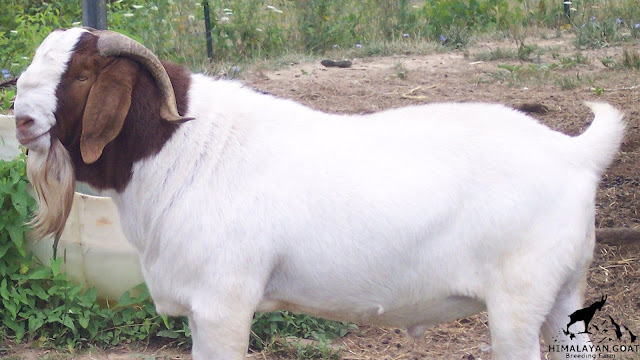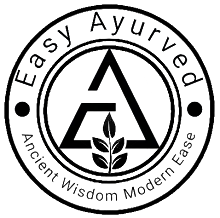 |
| Background of Boer Goat Himalayan Goat breeding Farm |
1
Boer goats were developed in South Africa in the early 1900s for meat production, and their name is derived from the Dutch "Boer," meaning “farmer.”
Boer goats were probably bred from the indigenous goats of the Namaqua
Bushmen and the Fooku tribes, possibly with some crossing of Indian and
European bloodlines.
2. When were Boer goats first exported to other countries?
Boer goats first moved from South Africa to New Zealand when embryos
were smuggled out. With embryo transfers, New Zealand's producers
increased herds. Then, Boers were quarantined in New Zealand and
Australia because of scrapie.
After they came out of quarantine, ranchers started to export embryos to
other parts of the world. South Africa didn’t want their germ plasma to get
out, but it did.
Now the biggest countries for Boer goat production are the U.S., New
Zealand, Australia and southeast China. Germany used to have a larger goat
production (used mostly for research), and nations like Mexico and
Argentina are beginning to farm Boer goats, but on a smaller scale.
3. What is the average lifespan of a Boer goat?
If you breed them once a year (and keeping in mind that well-bred does have
twins), after 7 or 8 years they are about spent. At that point they tend to have
disease problems, they don’t reproduce anymore and it’s time to get rid of
them.
4. How much does a full-grown buck/doe weigh?
The weight of a full-grown buck or doe depends on how they’re fed. If you grow
them on forage (or if you’re going to grow them with a lot of grain), they tend
to weigh more. But on average, the smallest does can range from 90-100
pounds up to 130-140 pounds. Fullgrown bucks weigh more, ranging from
150-180 pounds to 190 pounds. If your goats are really pushed to feed on grain, they can become very fat (not a good thing) and weigh even more.














